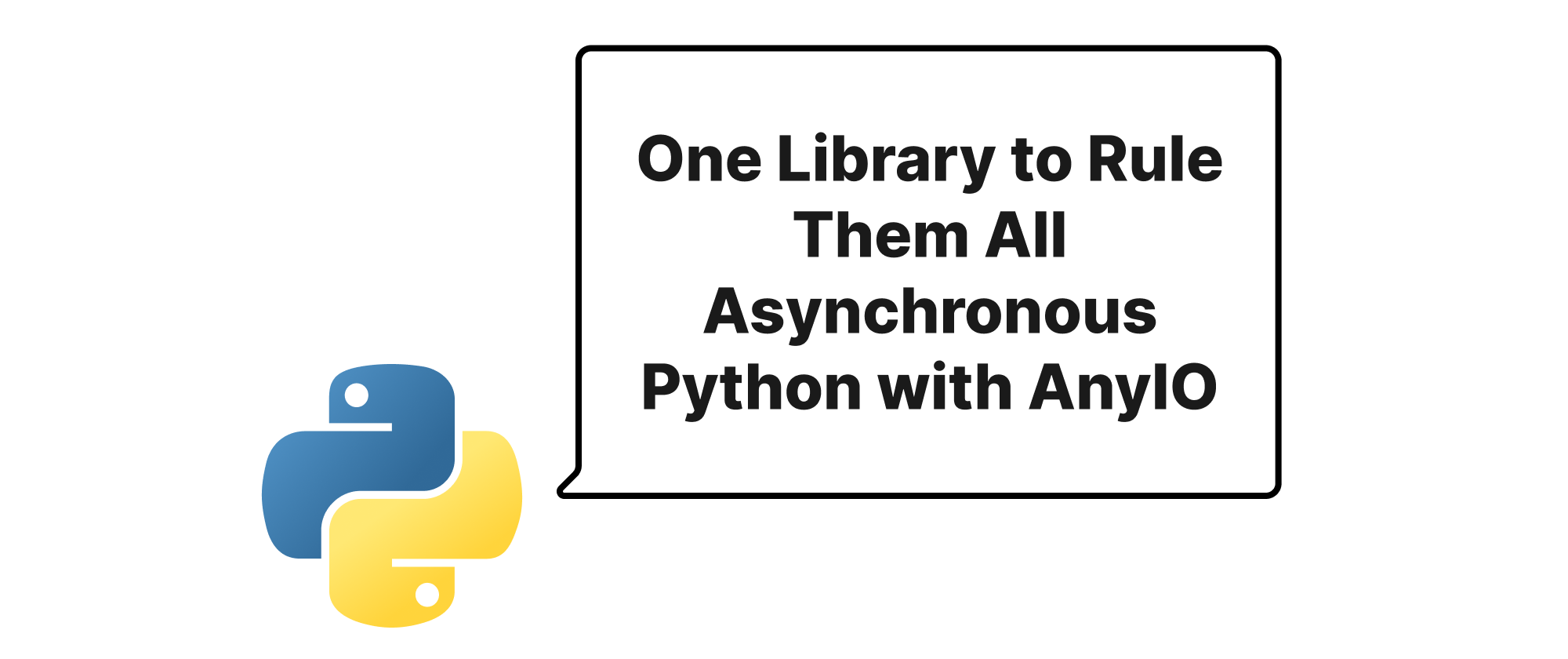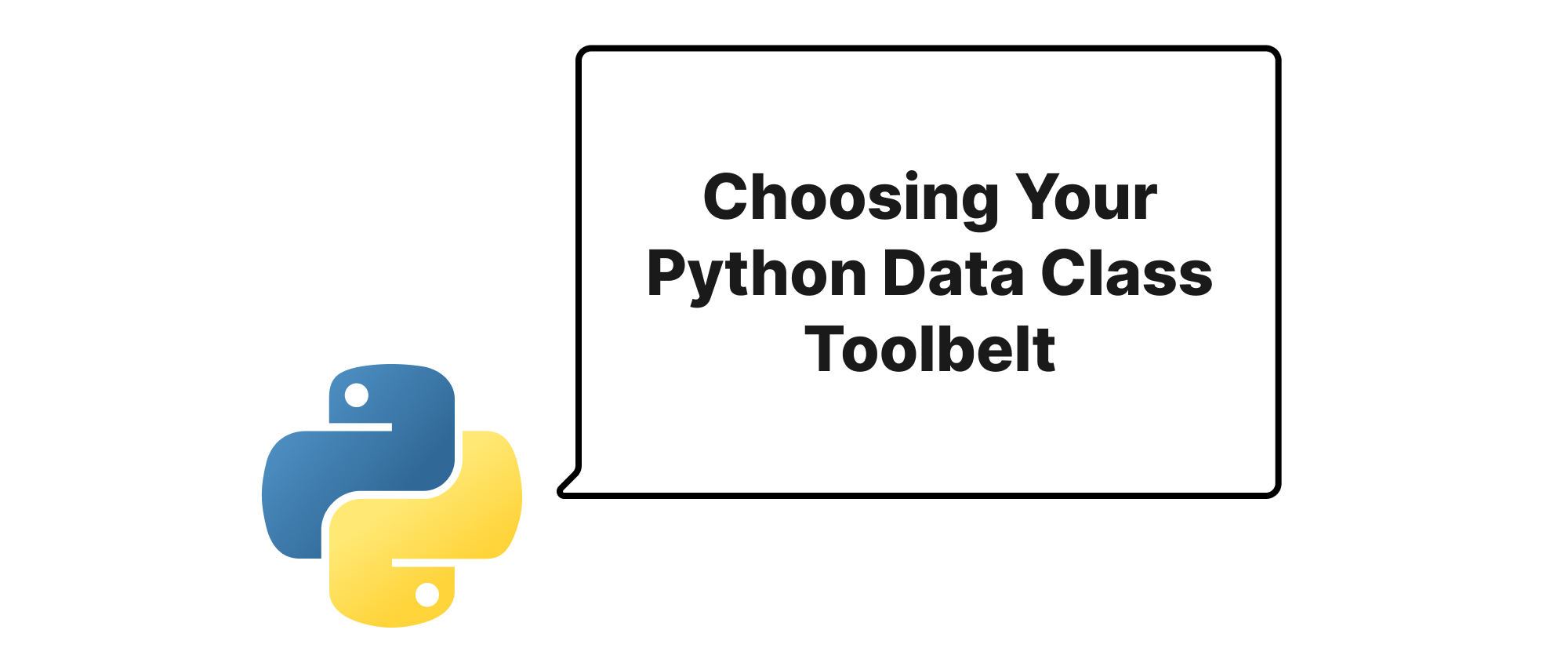One Library to Rule Them All Asynchronous Python with AnyIO
Olivia Novak
Dev Intern · Leapcell

Introduction
Asynchronous programming has become an indispensable paradigm in modern Python development, especially when dealing with I/O-bound operations like web servers, database interactions, and network communications. Python offers powerful native support for asynchronous programming primarily through its asyncio library. However, the ecosystem has also seen the rise of alternative, highly performant asynchronous frameworks like Trio, which offers a different, often preferred, approach to structured concurrency. This proliferation of excellent async frameworks presents a common challenge: how can developers write asynchronous code that isn't tied to a specific framework, allowing for greater flexibility and easier integration into diverse projects? This is precisely the problem that anyio elegantly solves, offering a unified abstraction layer that allows your asynchronous Python code to run seamlessly on top of both asyncio and Trio.
The Async Landscape and AnyIO's Solution
Before diving into anyio, let's quickly define the core concepts that make asynchronous Python tick and appreciate the nuances anyio addresses.
Core Terminology:
- Asynchronous Programming: A programming paradigm that allows a program to execute multiple tasks concurrently without blocking, typically by yielding control during I/O operations.
- Event Loop: The central component of an asynchronous runtime that schedules and manages concurrent tasks.
- Coroutines: Functions defined with
async defthat can pause their execution and resume later. asyncio: Python's built-in asynchronous I/O framework, providing an event loop, tasks, streams, and other primitives. It uses future-based concurrency.- Trio: An alternative asynchronous framework known for its structured concurrency model, which helps prevent common concurrency bugs and makes reasoning about concurrent code easier. It uses nurseries for task management.
- Nursery (Trio): A construct in Trio that allows spawning new child tasks and ensures that all child tasks complete before the nursery itself exits, enforcing structured concurrency.
The fundamental issue is that while asyncio and Trio both provide excellent asynchronous primitives, their APIs are different. A piece of code written for asyncio's asyncio.sleep() won't directly work with Trio's trio.sleep(), and asyncio.create_task() has no direct equivalent in Trio's nursery-based task spawning. This framework lock-in creates hurdles for library authors and application developers alike.
anyio steps in as a compatibility layer. It provides a set of high-level asynchronous primitives that are implemented on top of either asyncio or Trio, depending on which event loop is currently running. This means you write your code once using anyio's APIs, and it automatically adapts to the underlying backend.
How AnyIO Works:
anyio achieves this by:
- Detecting the Backend: At runtime,
anyioattempts to detect whether anasyncioevent loop or a Trio event loop is running. - Providing Universal APIs: It exposes a unified API for common asynchronous operations like sleeping, running concurrent tasks, locking, and inter-task communication (queues, events).
- Translating Calls: When you call an
anyioprimitive (e.g.,await anyio.sleep(1)),anyiotranslates that call into the appropriate backend-specific call (e.g.,await asyncio.sleep(1)orawait trio.sleep(1)).
Practical Applications:
Consider a simple example: sleeping for a second and running multiple tasks concurrently.
Without AnyIO (Framework-specific):
# asyncio specific import asyncio async def task_asyncio(name): print(f"Asyncio task {name}: Starting") await asyncio.sleep(0.1) print(f"Asyncio task {name}: Finishing") async def main_asyncio(): await asyncio.gather(task_asyncio("A"), task_asyncio("B")) # trio specific import trio async def task_trio(name): print(f"Trio task {name}: Starting") await trio.sleep(0.1) print(f"Trio task {name}: Finishing") async def main_trio(): async with trio.open_nursery() as nursery: nursery.start_soon(task_trio, "A") nursery.start_soon(task_trio, "B")
Notice the differences in sleep and how tasks are spawned (asyncio.gather vs. trio.open_nursery).
With AnyIO (Framework-agnostic):
import anyio async def workers_agnostic(name): print(f"AnyIO task {name}: Starting") await anyio.sleep(0.1) print(f"AnyIO task {name}: Finishing") async def main_anyio(): async with anyio.create_task_group() as tg: tg.start_soon(workers_agnostic, "X") tg.start_soon(workers_agnostic, "Y") # To run with asyncio: # anyio.run(main_anyio, backend="asyncio") # To run with trio: # anyio.run(main_anyio, backend="trio")
Here, anyio.sleep() and anyio.create_task_group() abstract away the backend details. The create_task_group in anyio acts as a direct counterpart to Trio's nursery while providing a compatible API for asyncio, mimicking its task management features.
Advanced Features and Scenarios:
anyio offers much more than just simple task spawning and sleeping:
- Networking:
anyio.connect_tcp(),anyio.create_tcp_listener(),anyio.connect_unix(), etc., for establishing network connections that work across backends. - Synchronization Primitives:
anyio.Lock,anyio.Semaphore,anyio.Event,anyio.Queue– all abstracted to work reliably regardless of the underlying event loop. - File I/O: Asynchronous file operations using
anyio.open_file(). - External Process Execution:
await anyio.run_process()for spawning and interacting with external processes asynchronously. - Cancellation Handling:
anyio.CancelScopeprovides a unified way to manage task cancellation, aligningasyncio's cancellation with Trio's more robust structured approach. This meansanyioactively ensures that, as much as possible, cancellation behaves consistently across both backends, which is a significant win for reliability.
When to Use AnyIO:
- Library Developers: If you're building an asynchronous library that you want to be usable by applications written with either
asyncioor Trio,anyiois a must. It maximizes your library's reach and reduces maintenance overhead. - Application Developers Seeking Flexibility: If your application might need to switch between
asyncioand Trio for performance, feature set, or ecosystem reasons,anyioprovides that escape hatch. - Simplifying Code: Even if you're only targeting one backend,
anyio's often cleaner and more consistent API can make your asynchronous code easier to write and reason about, especially itscreate_task_groupfor structured concurrency.
Conclusion
anyio stands as a pivotal library in the Python asynchronous ecosystem, successfully bridging the API differences between asyncio and Trio. By providing a unified, high-level interface, it empowers developers to write truly portable asynchronous code, thereby enhancing flexibility, simplifying development, and fostering a more cohesive and robust async landscape. With anyio, you can write your asynchronous logic once and confidently run it on the backend that best suits your project's needs, achieving significant gains in code reusability and future-proofing.


